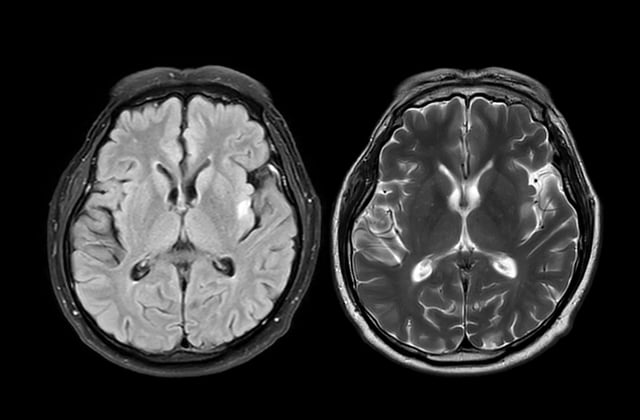Overview
- The ASA-PD technique from Cambridge, UCL, the Francis Crick Institute and Polytechnique Montréal directly visualized and quantified alpha-synuclein oligomers in human post-mortem brain tissue, as reported in Nature Biomedical Engineering.
- Oligomers were detected in both healthy and Parkinson’s brains, with Parkinson’s samples showing clusters that were larger, brighter and substantially more numerous.
- Researchers identified a subclass of oligomers present only in Parkinson’s patients, suggesting a potential early disease marker to focus future studies.
- ASA-PD uses ultra-sensitive fluorescence microscopy that maximizes signal and reduces background, enabling analysis of millions of individual aggregates across brain regions.
- The results rely on donated post-mortem tissue and now require independent replication and translation into in vivo or biofluid biomarkers before clinical adoption, with support from ASAP, the Michael J. Fox Foundation and the UK MRC.
